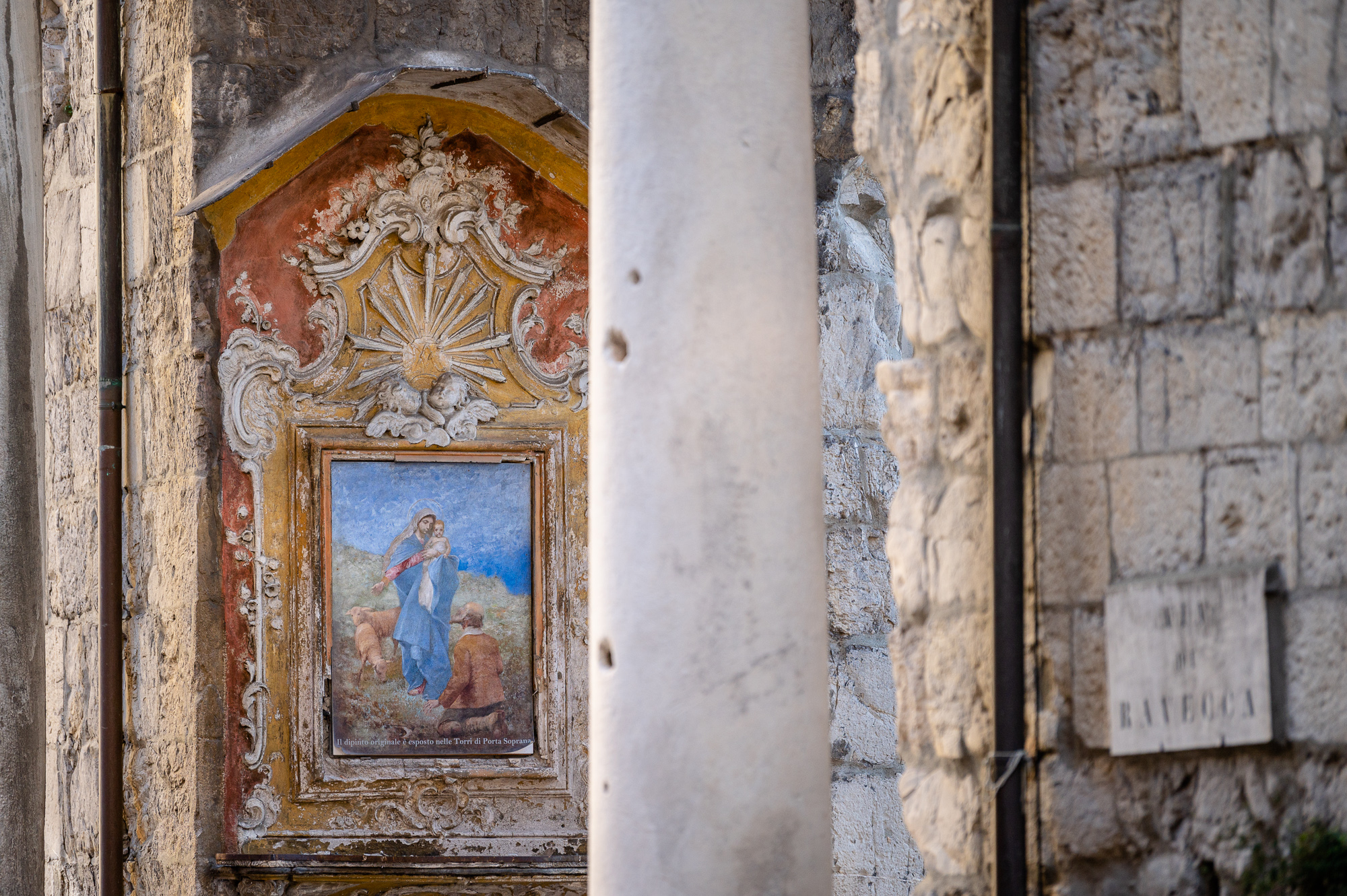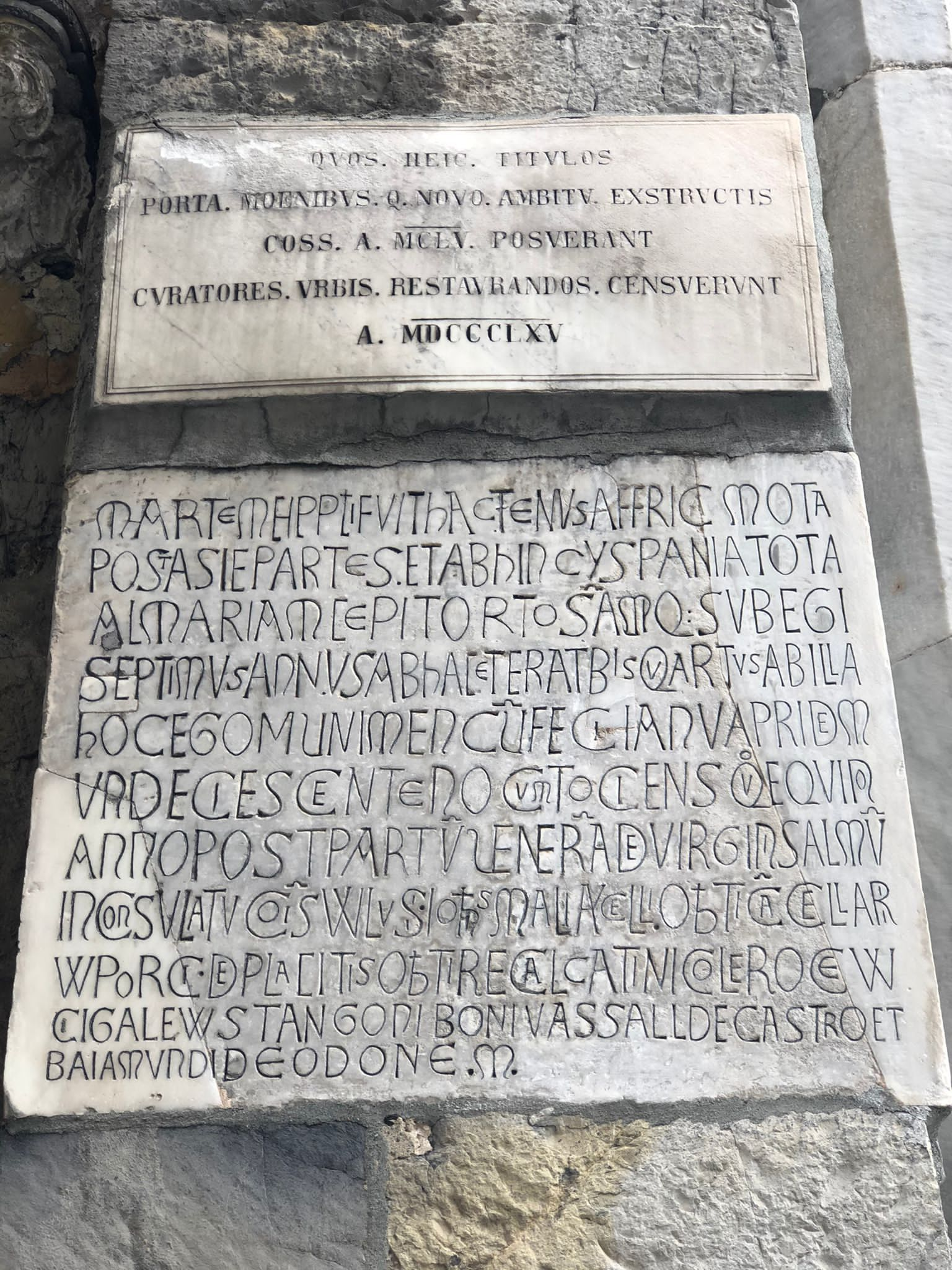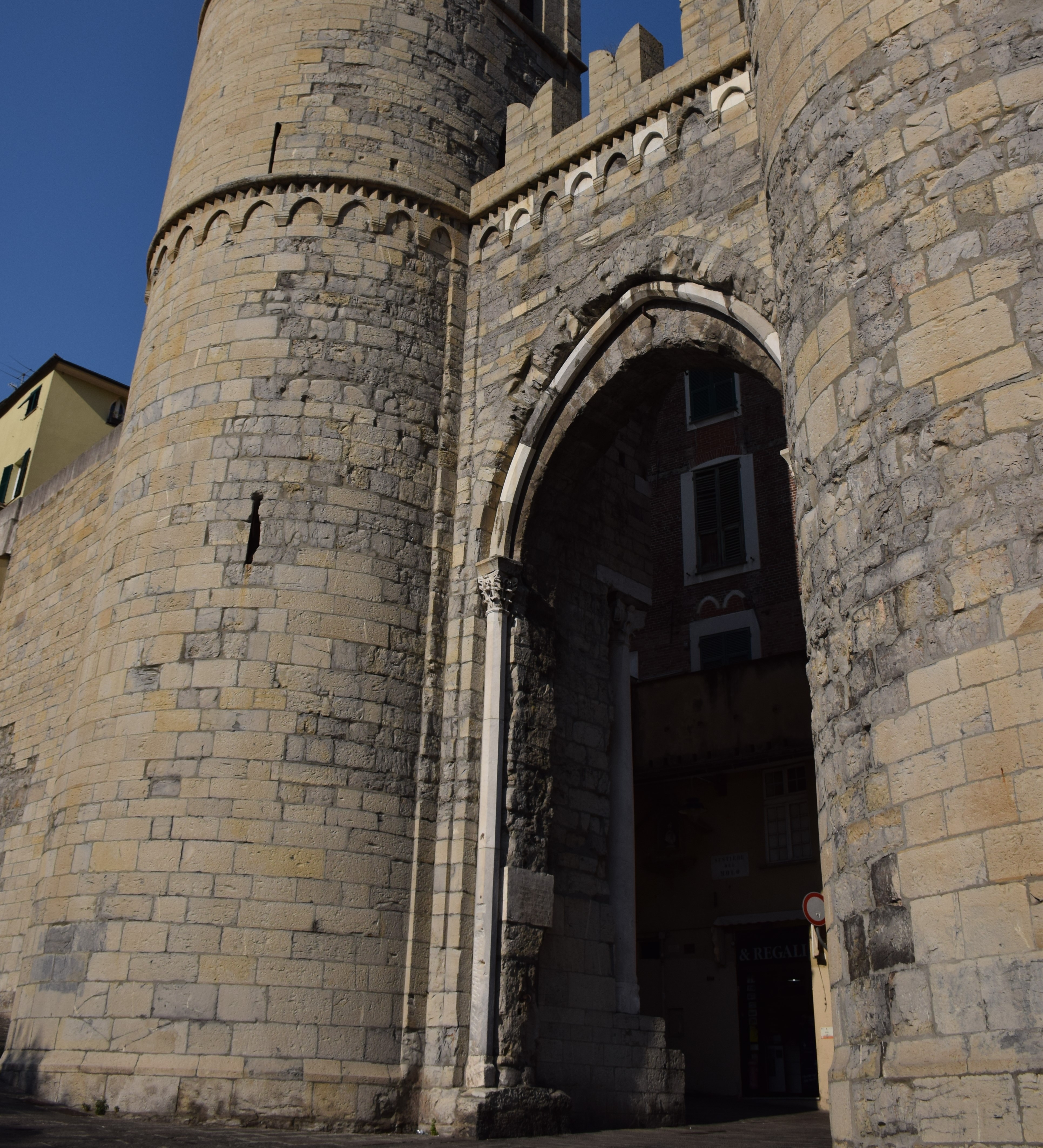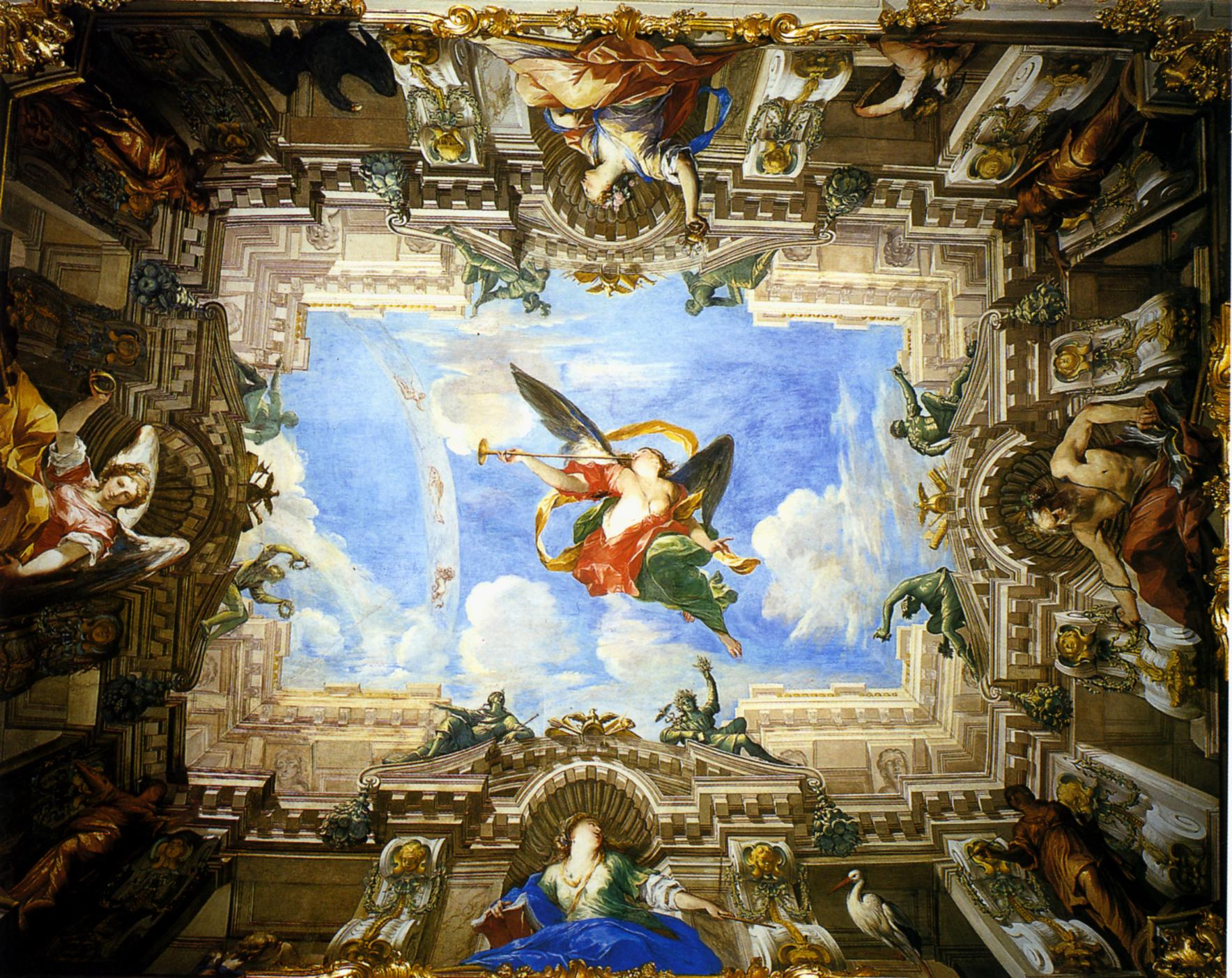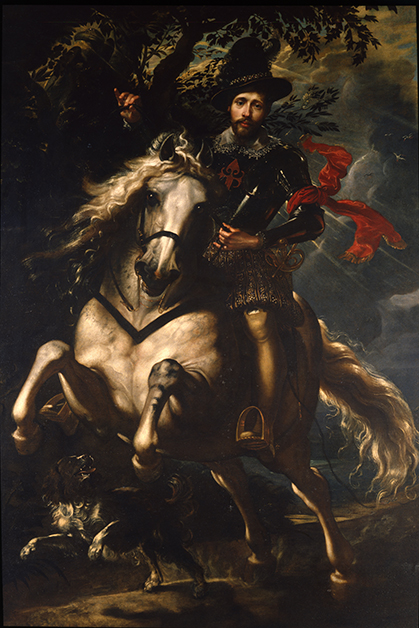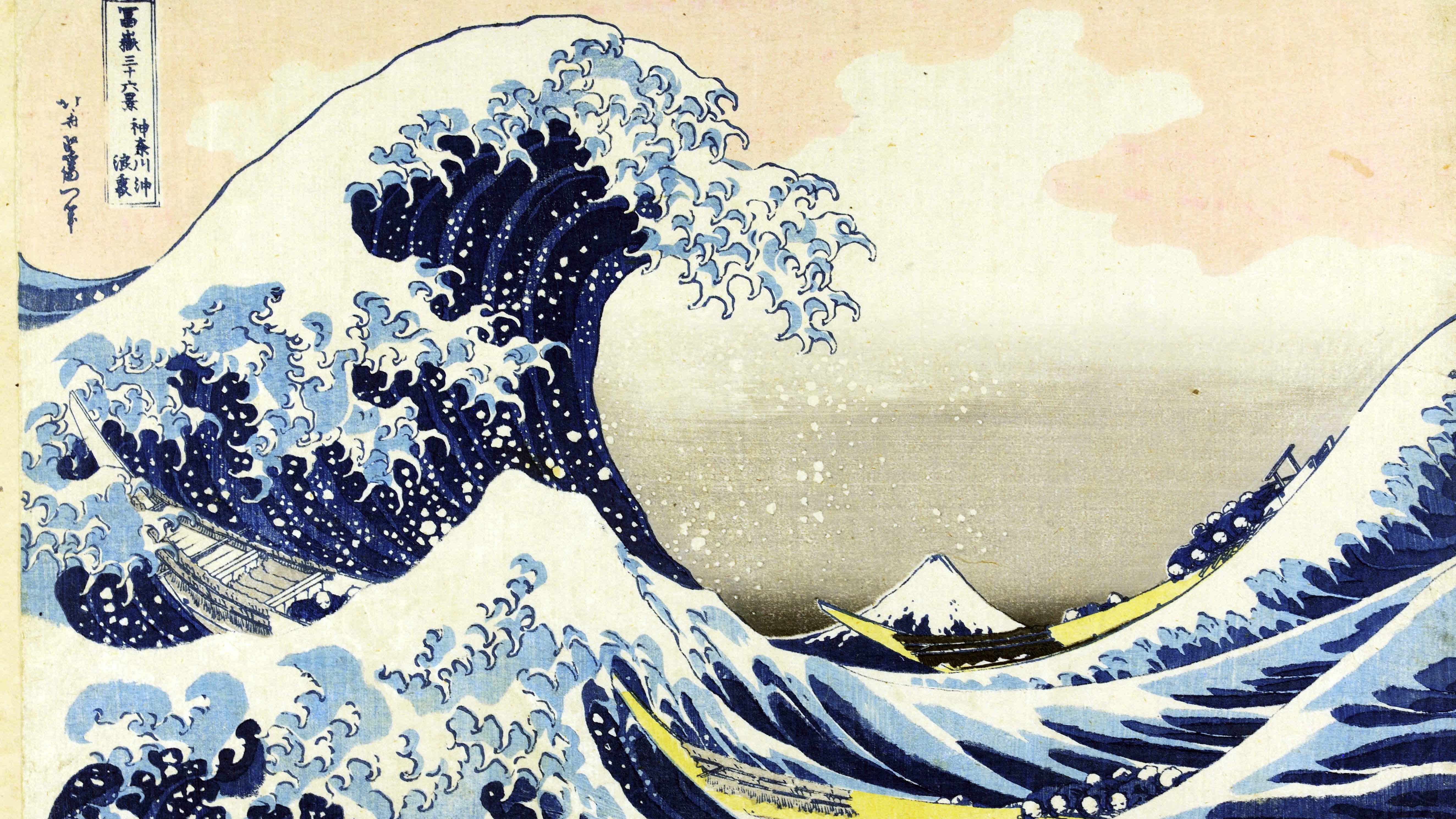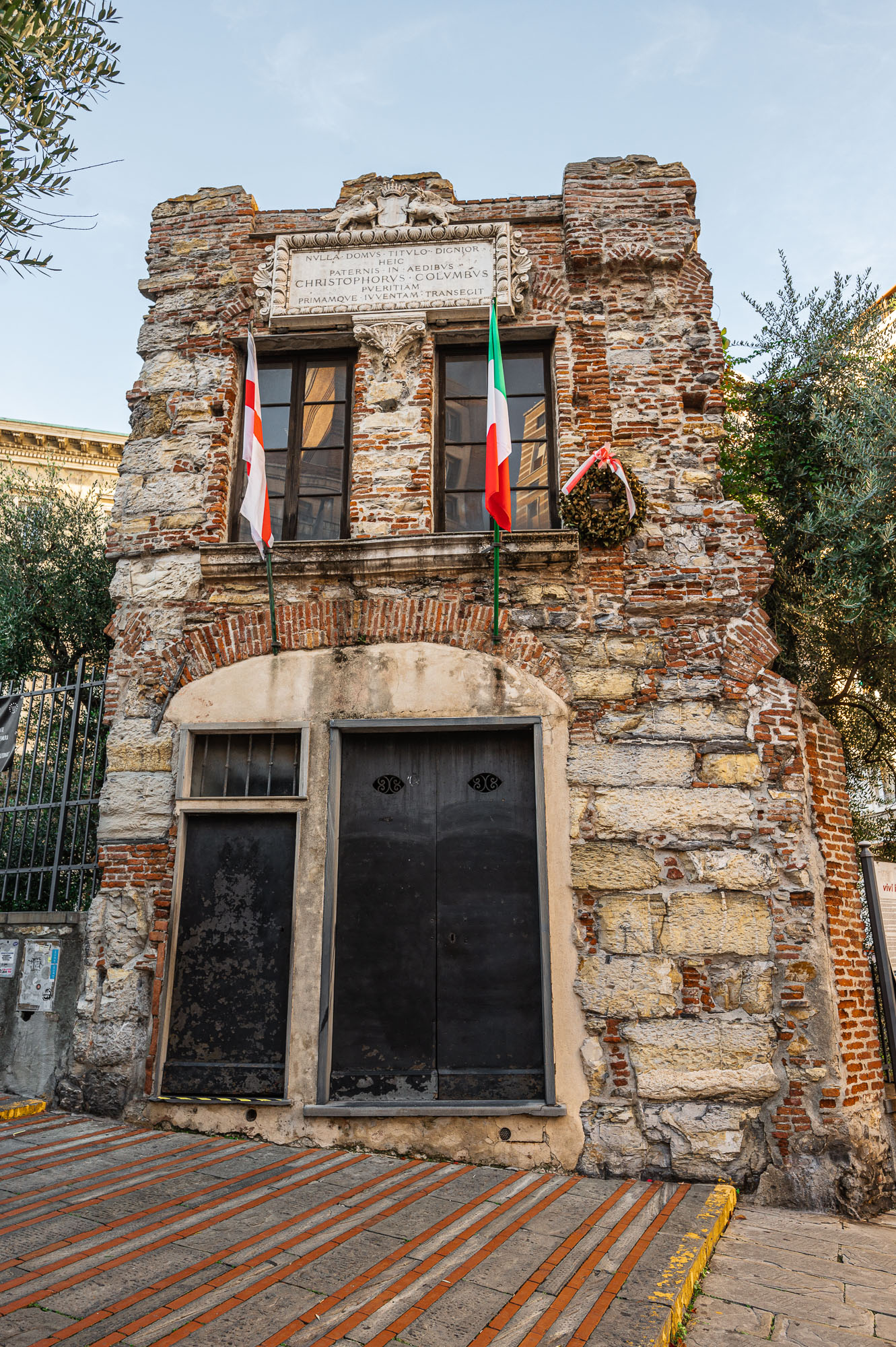
Click here to view image
Casa di Colombo (Columbus’ House)
This small house was identified in the nineteenth century as the home of the Colombo family in the period from 1455 and 1470, when Cristoforo was growing up from the age of 4 till he was 9. It was certainly not a luxurious home: on the ground floor there are small spaces dedicated to a shop and kitchen, with a basin to collect water and a rudimentary latrine; upstairs, two small rooms, perhaps for eating and for the night.
The building was damaged during the bombing to which the “Sun King” subjected the city in 1684. It was the only one to be rebuilt, due to the importance of those who had lived there and subsequently surviving the widespread demolition that affected the area in the 1930s.
It is a small memorial to the great navigator, inside which displays and objects tell his story and, above all, recount his daily life.


